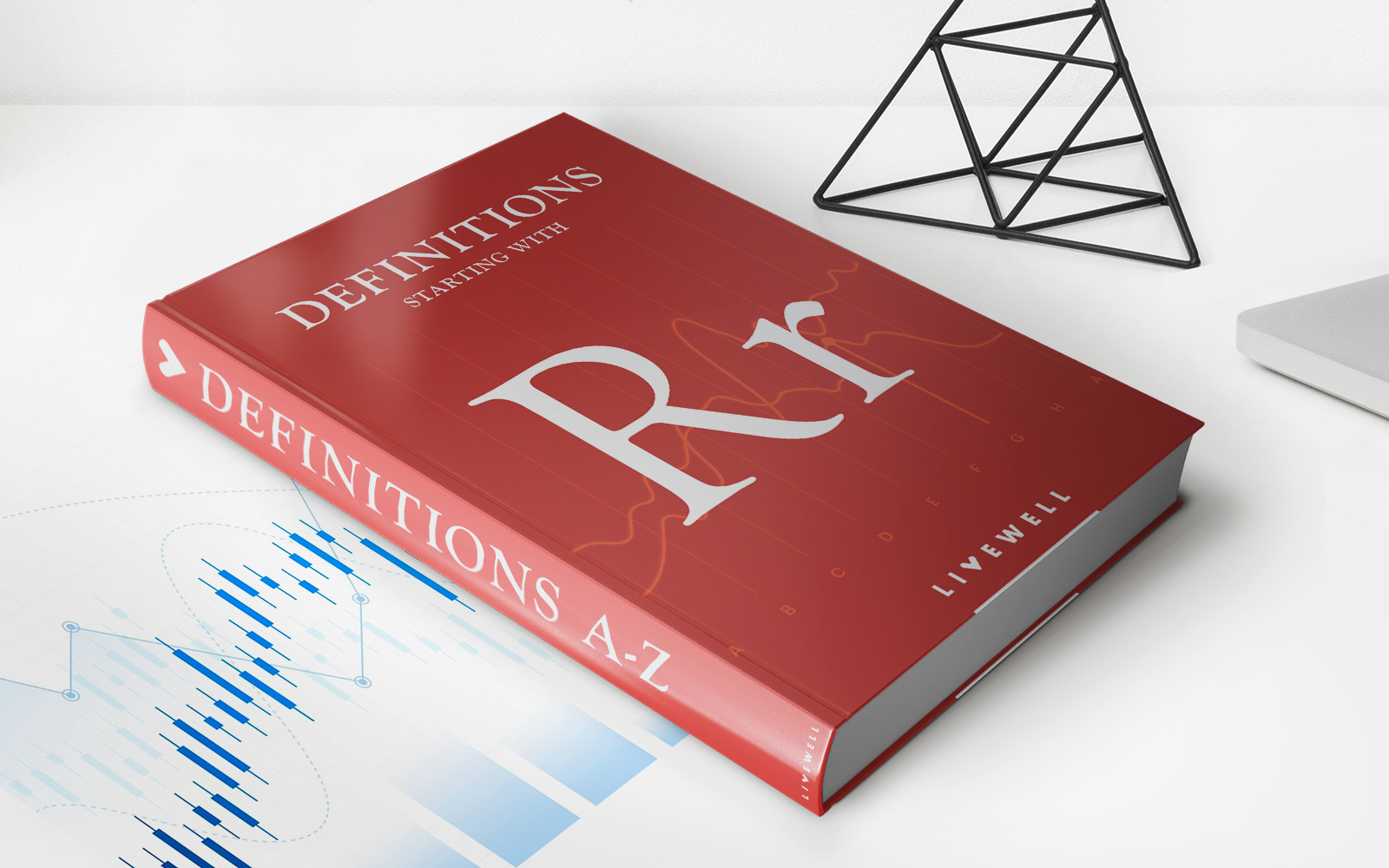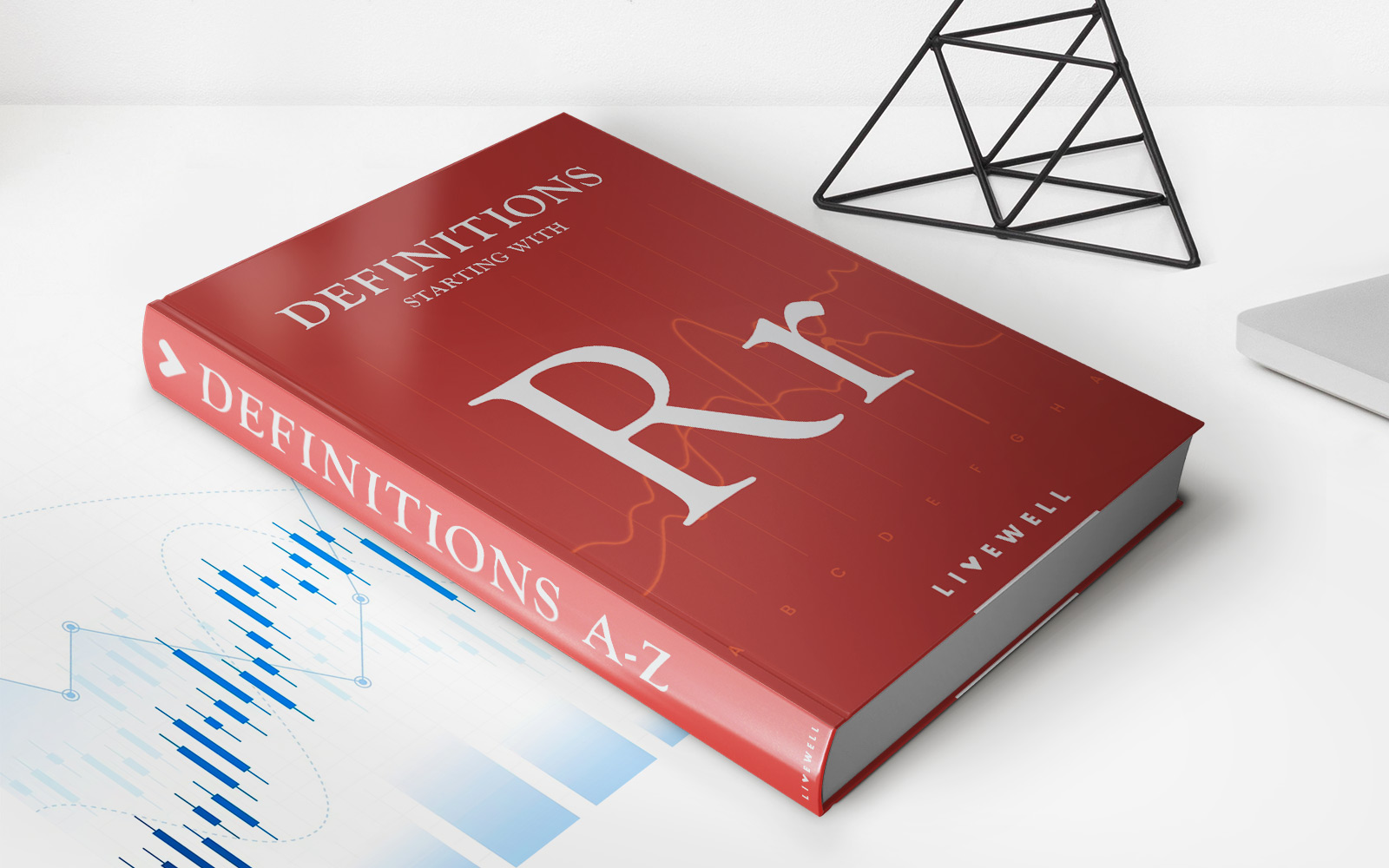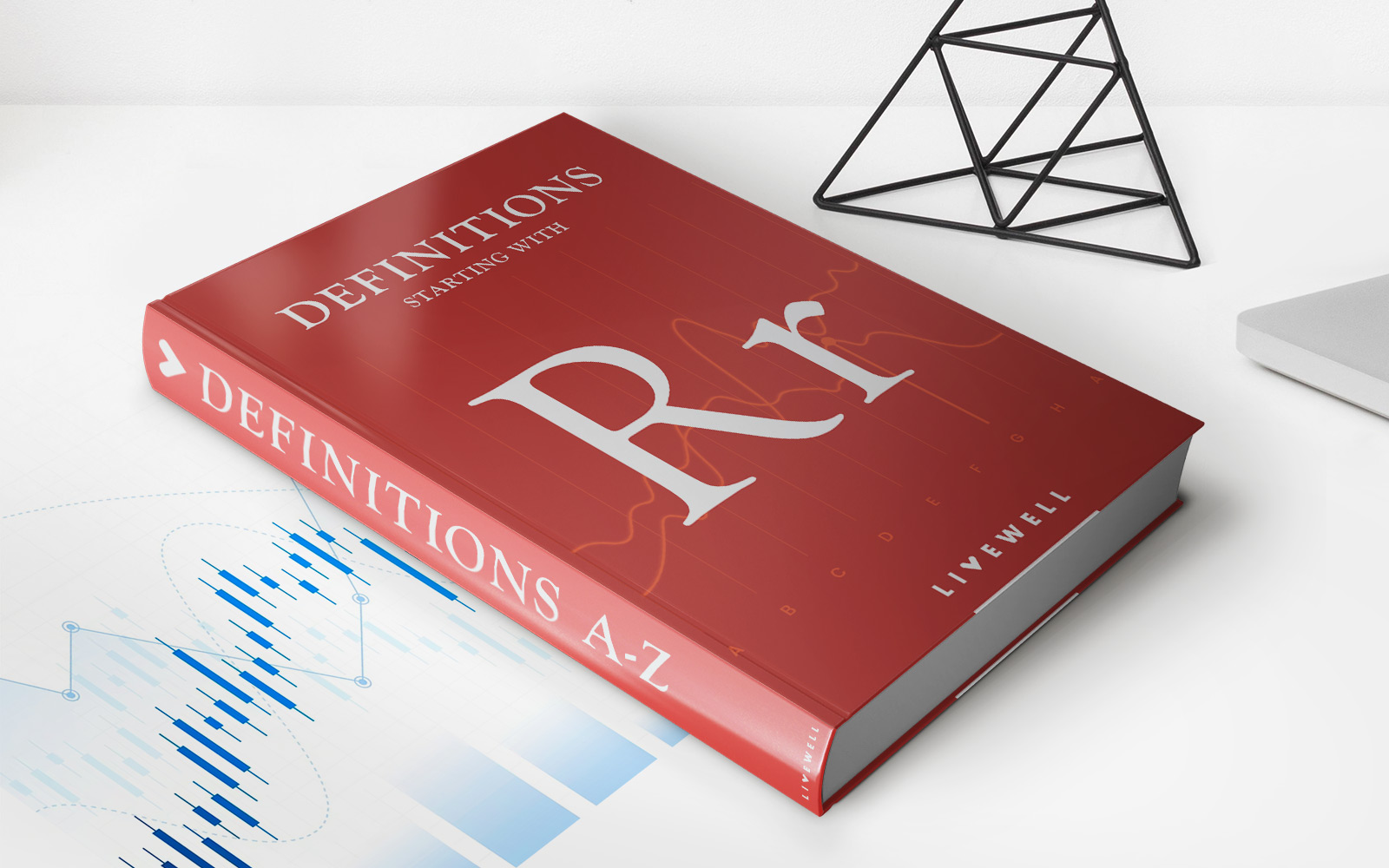Home>Finance>Historical Returns: Definition, Uses, And How It’s Calculated


Finance
Historical Returns: Definition, Uses, And How It’s Calculated
Published: December 5, 2023
Discover the definition, uses, and calculation methods of historical returns in finance. Gain insights on how this key metric impacts investment decisions.
(Many of the links in this article redirect to a specific reviewed product. Your purchase of these products through affiliate links helps to generate commission for LiveWell, at no extra cost. Learn more)
Historical Returns: Definition, Uses, and How It’s Calculated
Welcome to the “FINANCE” category of our blog! In this article, we will delve into the fascinating world of historical returns. Have you ever wondered how investors determine the performance of their investments over time? Historical returns are the answer to this question. They provide valuable insights into how an investment has performed in the past, allowing investors to make informed decisions about the future. If you’re curious about historical returns and how they can benefit you, keep on reading!
Key Takeaways:
- Historical returns help investors evaluate an investment’s past performance.
- They allow investors to analyze the ups and downs of an investment and make informed decisions for the future.
So, what exactly are historical returns? Historical returns refer to the percentage gain or loss an investment has experienced over a specific period of time. They provide a snapshot of how an investment has performed in the past, taking into account both capital gains (profits) and dividends (if any). By reviewing historical returns, investors can gain insights into an investment’s volatility, trends, and potential risk/reward ratios.
Calculating historical returns involves a simple formula. Here’s how it’s done:
- Determine the starting value of the investment at the beginning of the period.
- Determine the ending value of the investment at the end of the period.
- Subtract the starting value from the ending value.
- Divide the difference by the starting value.
- Multiply the result by 100 to get the return percentage.
For example, let’s say you invested $10,000 in a stock at the beginning of the year, and at the end of the year, your investment was worth $11,500. To calculate the historical return, you would subtract $10,000 from $11,500, resulting in $1,500. Dividing $1,500 by $10,000 gives you 0.15. Multiply that by 100, and you get a historical return of 15%.
Now that we know how historical returns are calculated, let’s talk about their uses. Historical returns serve various purposes for investors:
- Evaluating Investment Performance: Historical returns allow investors to assess the success of their investment over a specific period of time. By comparing an investment’s historical return to a benchmark or similar investments, investors can determine if their investment is outperforming or underperforming.
- Informing Investment Decisions: Understanding an investment’s historical returns can provide crucial insights when making future investment decisions. By analyzing an investment’s patterns and trends, investors can assess the level of risk associated with the investment and make informed decisions based on their risk tolerance and investment goals.
- Setting Realistic Expectations: Historical returns can help investors set realistic expectations about an investment’s potential returns. While past performance doesn’t guarantee future results, historical returns provide a valuable reference point that can help investors gauge whether an investment aligns with their financial objectives.
In conclusion, historical returns play a vital role in evaluating investment performance, informing decisions, and setting expectations. By understanding how to calculate historical returns and utilizing their benefits, investors can navigate the financial markets with greater confidence and make informed investment choices. So, the next time you come across historical return data, remember the valuable insights it can offer. Happy investing!














